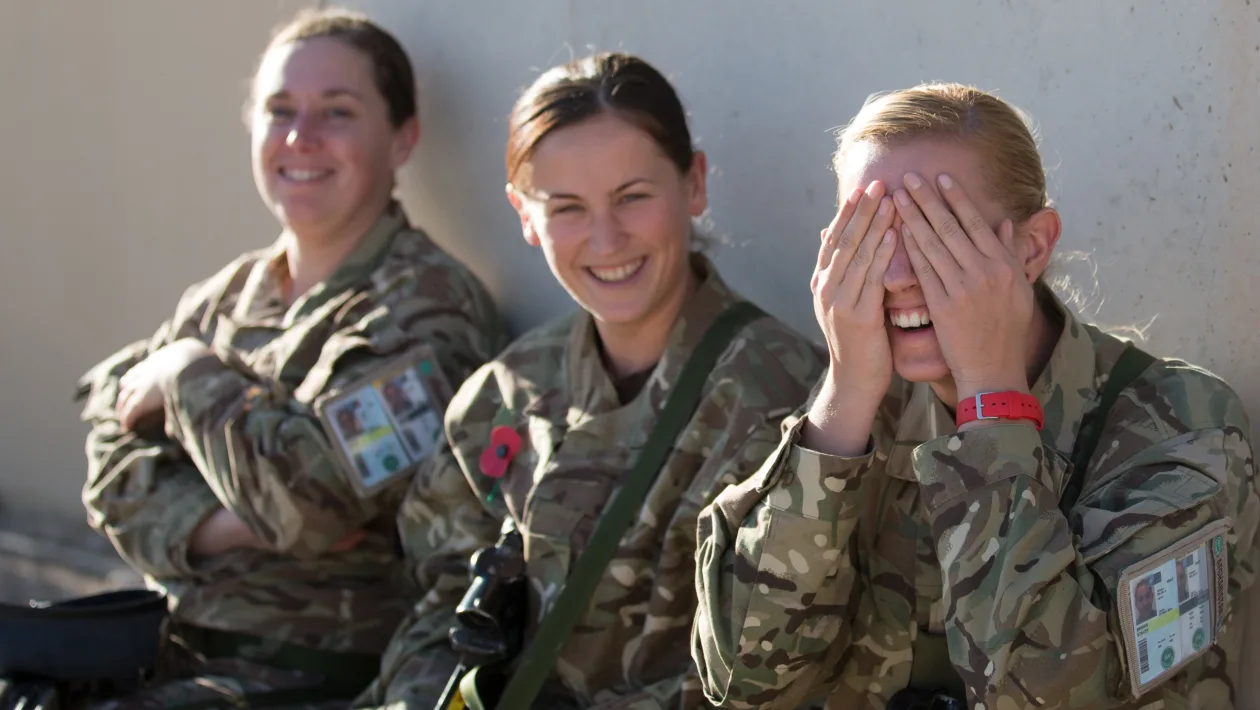On Thursday 5th December, General Sir Nick Carter gave his annual Chief of the Defence Staff (CDS) lecture at the Royal United Services Institute in London. As well as the almost obligatory ‘state of the nation’ update on the UK’s current operational commitments (thirty-six ongoing operations and thirty-six per cent of trained strength either on operations or at very high readiness) and observation of the contemporary strategic context (more uncertain, more complex, more dynamic and less stable than the previous twelve months), CDS also spoke at length of his perceived future challenges and how Defence should meet them.
Background and Context
At the outset, General Carter confirmed that armed forces’ activity in 2019 had predominantly been focused on: deterrence and reassurance; counter terrorism; an increasingly persistent presence [worldwide]; and the generation of modernised capability. Moreover, he highlighted the importance of striking the right balance between the ability to ‘fight tonight’ and ‘fight tomorrow’, for both the sustainability of the armed forces and their ability to deal with threats of the future. As a macro-level aiming point, this element of the lecture was probably the most significant, particularly considering that a Strategic Defence and Security Review (SDSR) is now a certainty for 2020.
SDSR 2020, or the Integrated Review as it is being referred to, received considerable attention in the lecture, suggesting CDS sees it as a future challenge in its own right. Linking the forthcoming review to his observations on the return to an era of great power competition, Carter suggested that a proper assessment of the threat to the UK is needed. Furthermore, it should take the form of a net assessment that determines where the UK’s current trajectory will take the armed forces relative to those of its competitors. He went on to posit that the deductions from this assessment should drive decision-making in the Integrated Review.
Mobilise, Modernise and Transform
Keeping to the Modernising Defence Programme’s strap-line of ‘mobilise, modernise, transform’, CDS confirmed that the forthcoming review would need to be honest about the true state of the armed forces, which would require all three services to mobilise themselves to improve readiness and enhance resilience. He also confirmed the requirement to create sufficient headroom in the defence budget to fund a modernised force, which would be framed through the integration of the five domains of space, cyber (and information), maritime, air, and land. This approach would change the way the UK fights, and the way it develops capability.
However, the greatest future challenge identified by CDS was in the third leg of the strap-line – transform. Here his observations were many and wide-ranging. First up was the need to counter the risk already been built into readiness and resilience, as a result of a generation of efficiency-driven measures that have reduced inventory, rationalised stockholdings and outsourced logistic capability to industry.
This was closely followed by the need to exploit new technologies, recognising that this could only be achieved in partnership with the private sector where most of the innovation in technology is to be found. Specific initiatives highlighted were the application of information-centric combinations of technology like processing power, connectivity, machine learning and artificial intelligence, automation, autonomy and quantum computing.
Last, but by no means least, the General called out the vital importance of the human factor in transformation, suggesting that the competition for skills in an evolving workforce, able to achieve success in all five domains, would require a new approach that maximises the potential of all talent within Defence. In his view, this would only be achieved through the empowering of the new generation of servicemen and women, who have grown up with digital technology.
Conclusion
In sum, CDS’s annual lecture was a well-balanced and comprehensive commentary on the challenges faced by Defence, both now and in the near future. It was underpinned by a realistic examination of the strategic context, and did not shy away from Defence’s extant difficulties, even those that are of its own making. That said, the solutions to Defence’s problems are often beyond its grasp. Identifying the need to “shatter some shibboleths” is easy to say, but devilishly difficult to do. Real change across defence will require sustained intervention from the highest levels.
However, the day-to-day demands of running the armed forces are extremely exacting and any CDS has only limited capacity to focus on transformation issues. If he tries to direct all of the change initiatives highlighted in his lecture, General Carter will soon find himself spread far too thin to provide a meaningful contribution to any of them. As with all strategic leaders, he must identify his top priorities and invest his time and personal capital accordingly.






